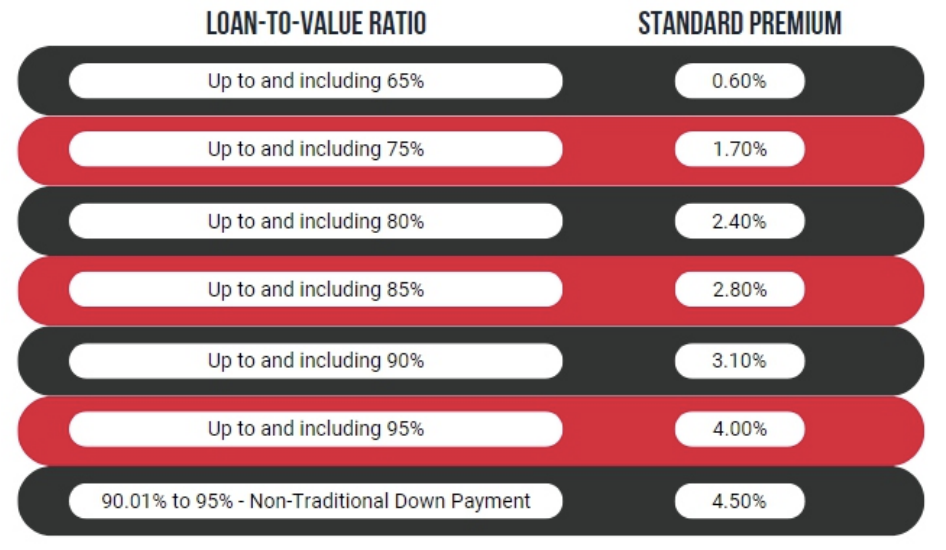Posted on
April 17, 2024
by
Lei Guo
National median house price forecast to increase 5.0% in Canada's recreational market in 2024 as re-engaged buyers compete for limited supply
According to Royal LePage, the median price of a single-family home in Canada's recreational regions is forecast to increase 5.0 per cent in 2024 to $678,930, compared to 2023, as a boost in consumer confidence will bring sidelined buyers back to the market. All of Canada's provincial recreational markets are forecast to see an increase in single-family home prices in 2024. Ontario is forecasting the greatest price appreciation, at 8.0 per cent.
“Across the nation there was a sizable rise in demand for all types of housing during the pandemic, but nothing could match the 'gold rush fever' that occurred in recreational property markets,” said Phil Soper, president and CEO, Royal LePage. “With city offices closed and the wide availability of high-speed internet allowing people to take video meetings on lakefronts and mountain tops, excess demand pushed recreational property prices to unprecedented heights.
“Inflation reared its ugly head, interest rates soared and the economic downturn that followed pushed cottage, cabin and chalet prices off those pandemic peaks, yet the fundamental demand for recreational living has not abated. We believe that this market segment will see a resurgence of activity in 2024,” continued Soper.
In 2023, the weighted median price of a single-family home in Canada's recreational property regions decreased 1.0 per cent year over year to $646,600. This follows a year-over-year price decline of 11.7 per cent in 2022. When broken out by housing type, the weighted median price of a single-family waterfront property decreased 7.9 per cent year over year to $1,075,500 in 2023, and the weighted median price of a standard condominium decreased 1.5 per cent to $420,300 during the same period. Despite a modest decrease over the past year, the national weighted median single-family home price remains 59 per cent above 2019 levels.
“Demand has been building quietly on the sidelines,” said Soper. “Our regional experts tell us that buyer interest is steadily ramping up as the spring market approaches. With hybrid office and work-from-home business models being the norm now, many working people see the opportunity to make much better use of country properties.”
As homebuyers sought out more space, privacy and access to nature during the height of the COVID-19 pandemic, many recreational real estate markets experienced a deep cut to their available home supply as buying activity soared. Although demand has since leveled off from historical highs, markets continue to grapple with low inventory levels.
According to a survey of 150 Royal LePage recreational real estate market professionals across the country, 41 per cent of respondents reported less inventory compared to the same time last year; 33 per cent of respondents said that their region has similar levels of inventory. However, 64 per cent reported similar or more demand from buyers for recreational homes. This sustained and growing demand for a limited number of available properties is expected to put upward price pressure on Canada's recreational market. Interest rate cuts could trigger market revival
Royal LePage recreational property advisors predict that buying activity will intensify when the Bank of Canada begins to make cuts to the overnight lending rate. Sixty-two per cent of experts said they believe demand will increase slightly in their region when interest rate cuts are made, while 21 per cent expect demand will increase significantly.
“Cash plays a larger role in the purchase of recreational property than with urban homes, yet the vast majority of buyers finance at least part of their purchases,” noted Soper. According to the survey, 78 per cent of experts said that recreational property buyers in their region typically obtain financing, such as a loan or mortgage.
“Recreational property purchases are not as heavily impacted by mortgage rates as those in the residential market. That said, consumer confidence in general will get a boost when we see a cut to the Bank of Canada's key lending rate, expected later this year. This lift in activity will put upward pressure on prices. And, if this coincides with an influx of inventory, we should see a boost in sales as well.”
Recreational lifestyle remains attractive to Canadians Nationally, 59 per cent of recreational real estate experts surveyed said that homeowners in their region typically use their properties as a secondary residence or vacation home. A smaller cohort, 21 per cent, said that owners tend to use their recreational homes partly as a vacation home and partly as a rental property. The majority of buyer demand for recreational properties comes from those aged 50 to 64, according to 57 per cent of experts.
“Though recreational trends are specific to the individual regions, we can confidently say that most Canadians who own a cottage or cabin use it for their own life-enriching purposes,” added Soper. “It's a testament to our recreational communities and the lifestyle they afford Canadians that most of those who relocated to cottage country during the pandemic are staying put.”
While some homeowners relocated full-time to a recreational region during the pandemic, 55 per cent of recreational experts nationally said that it is not a common trend for those homeowners to return to urban or suburban communities as a result of changes to their remote work capabilities or preference in lifestyle. There are several recreational regions in Canada that are home to lively year-round communities.
“Whether it's for retirement or a summer vacation destination, we anticipate that more Canadians will look to embrace recreational living this year as lower borrowing costs bring their recreational home aspirations closer within their reach,” concluded Soper.













